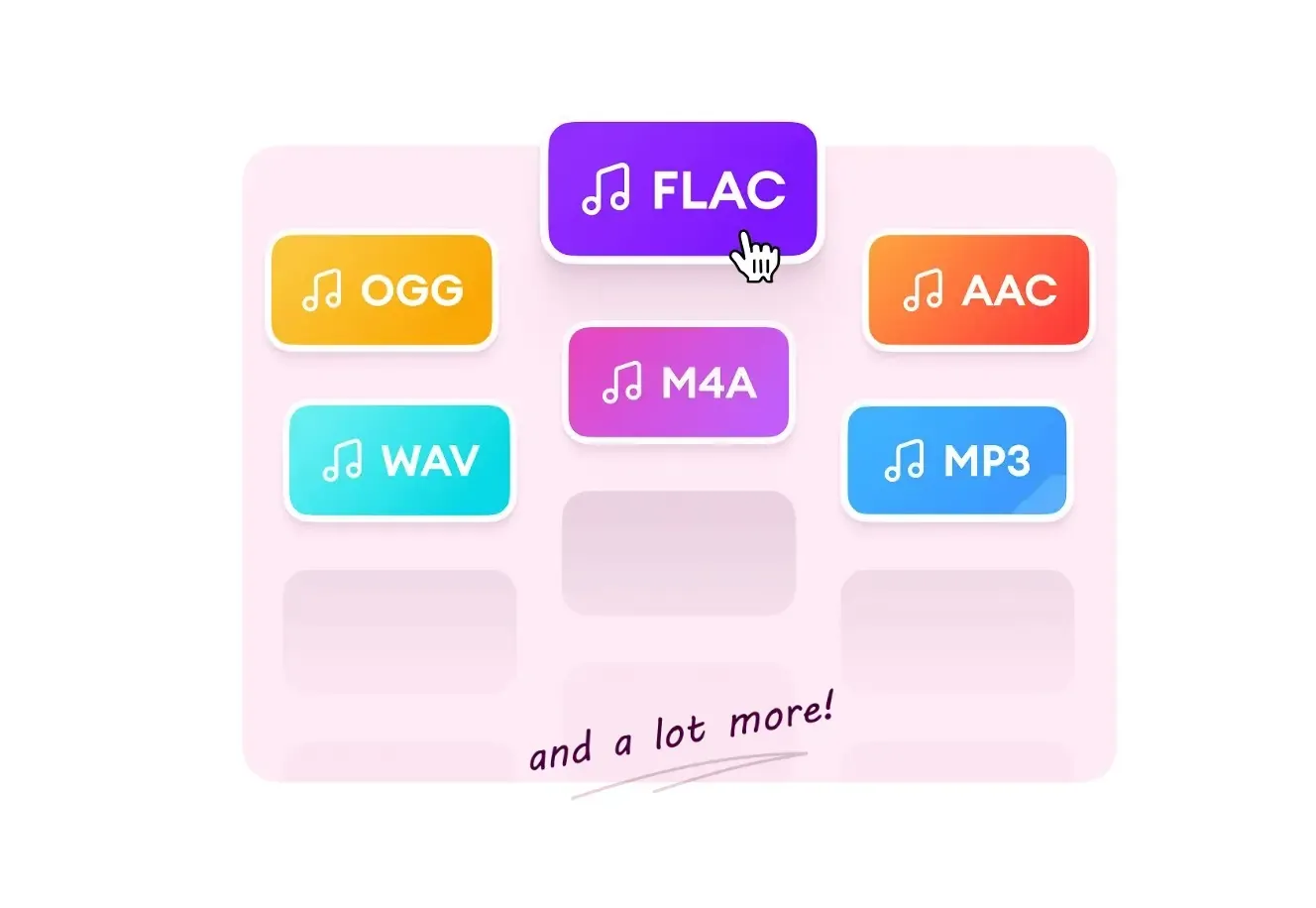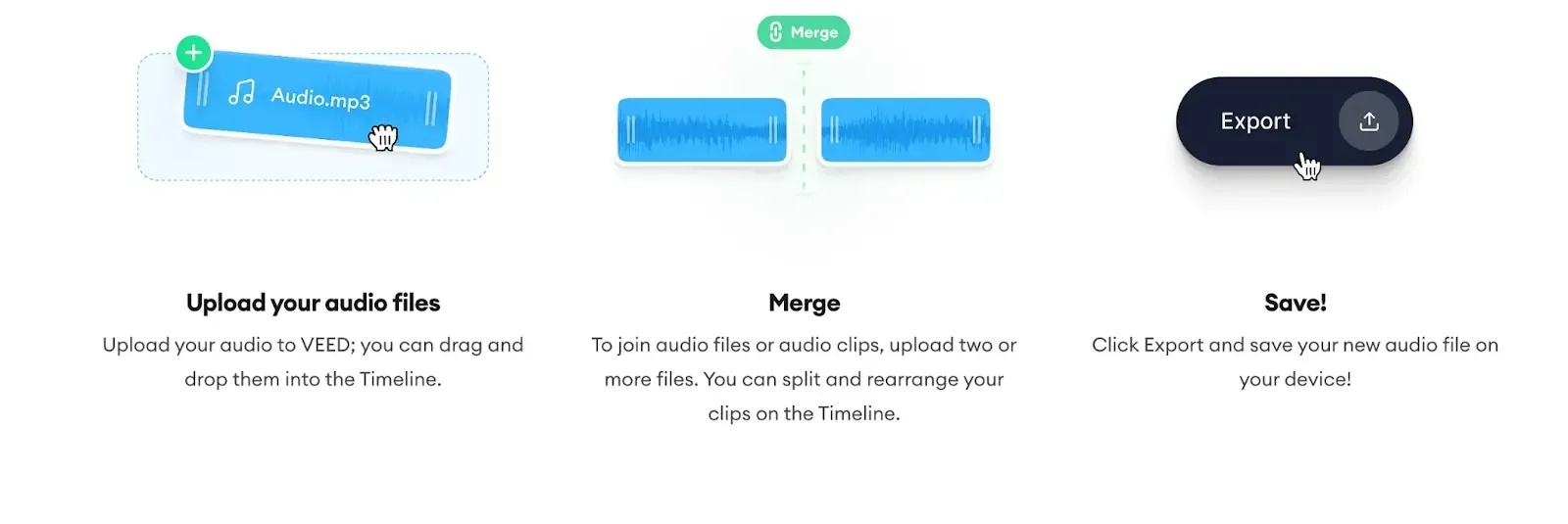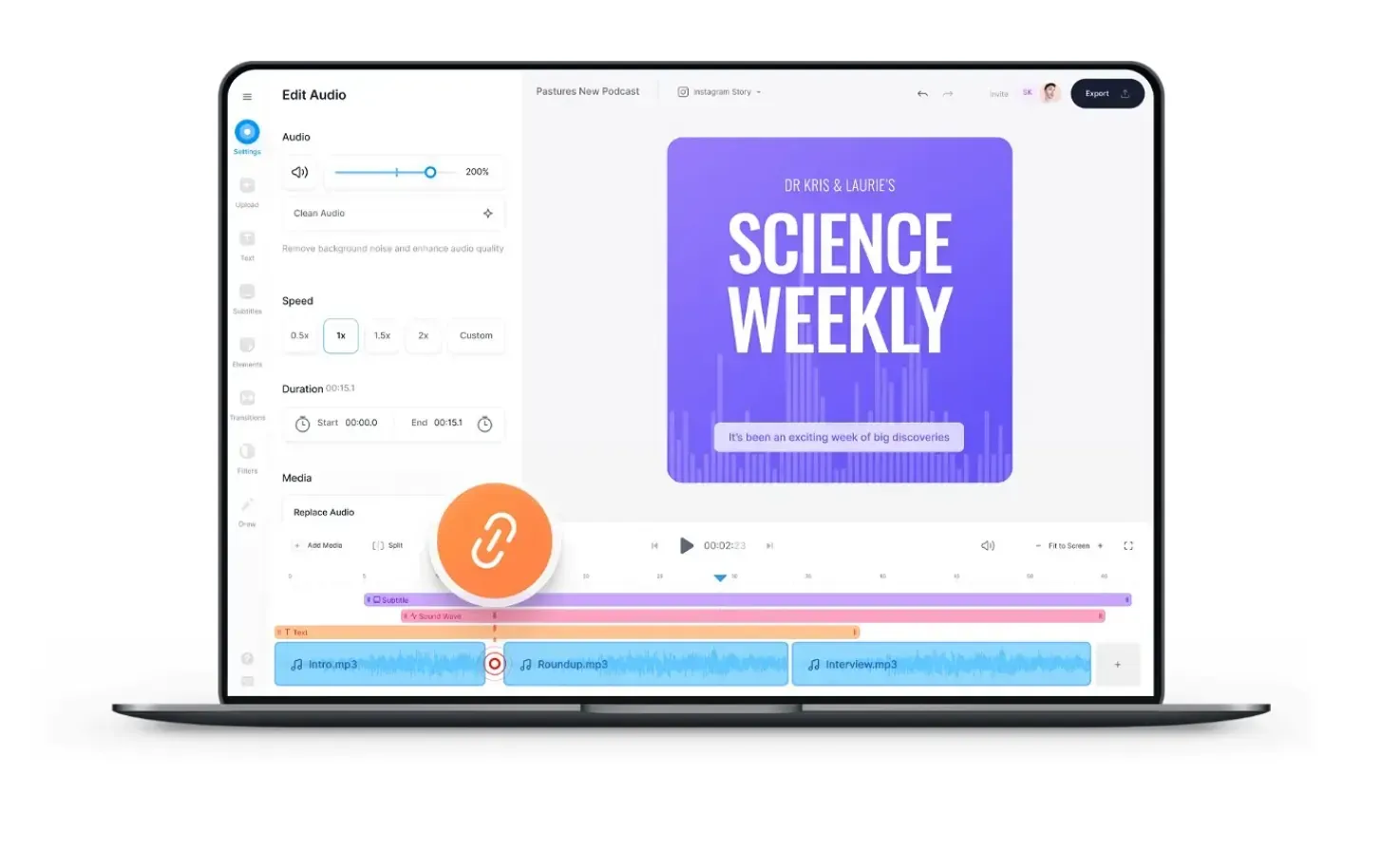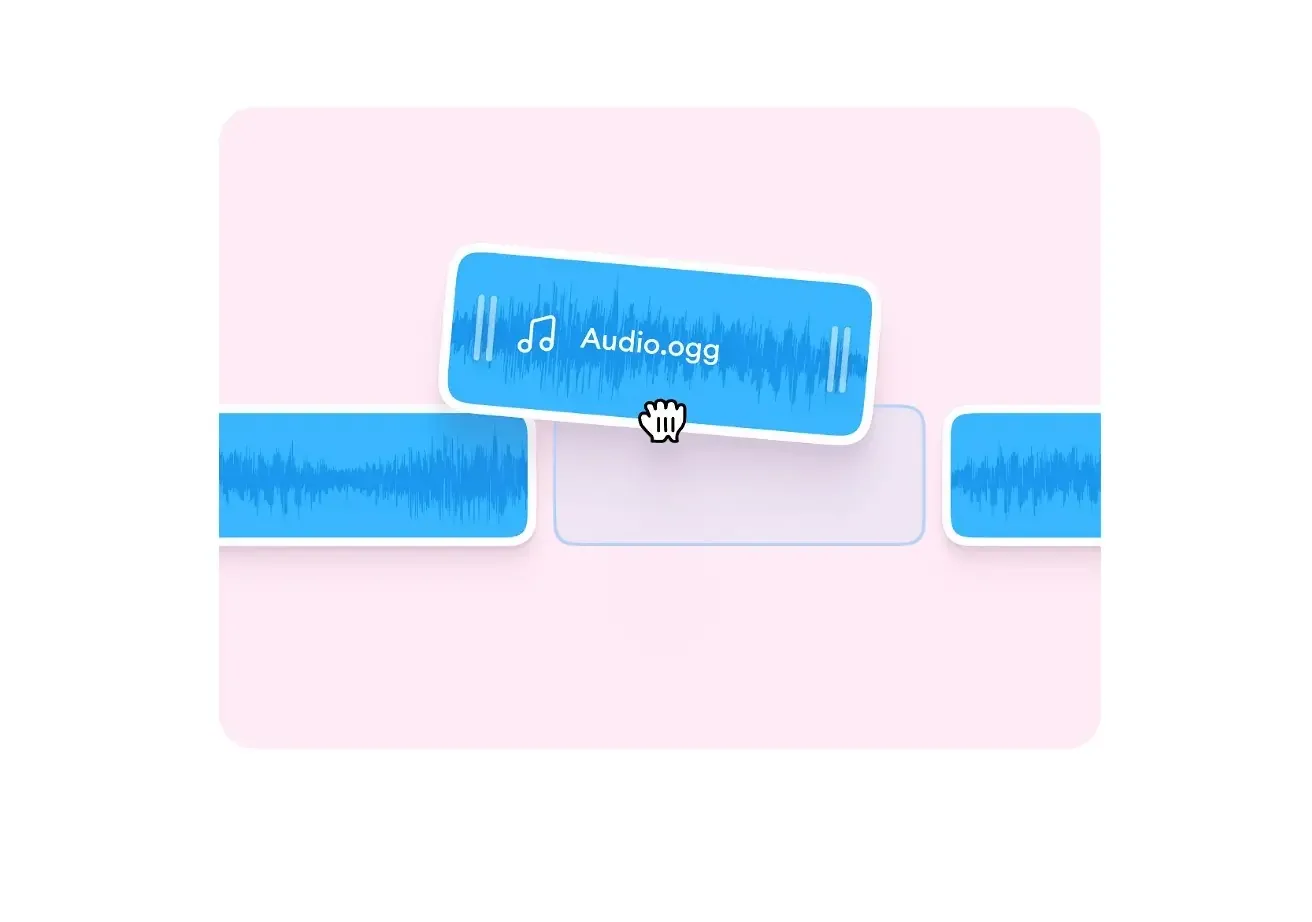
Audio joiners are very useful for musicians and producers looking to create their own music using a DAW. One of the major benefits of using an audio joiner is that it allows you to merge different audio files into one file, which is extremely convenient when working with multiple tracks at once. An audio joiner can be used in many different ways depending on what type of music producer you are and what type of equipment you have available.
This article will discuss some of the benefits and drawbacks of using an audio joiner for music production.
A. Combining multiple audio files into one

Audio joiners are extremely useful when it comes to combining multiple audio files into one. This is a great feature for music producers because it allows them to combine all of their tracks into one file so that they can easily listen back to their work. It’s also extremely helpful if you want to transfer your songs onto another device or hard drive, but don’t have enough space.
All of your songs will be in one place, making it easier for you to find them when you need them. You can also transfer your project files onto another device with ease, as well as back up your work if necessary.
Some audio joiners are also capable of merging multiple tracks into one file, which is a great feature for music producers. This can be especially helpful if you want to combine different takes of the same track or add effects like reverb and delay.
PRO TIP: If you are not sure where to get this software, you can definitely get it from the most popular online video editor VEED.IO.
B. Creating seamless transitions

The advantage of seamless transitions is that they make your songs sound more professional. It’s easier to get away with amateurish mistakes when there’s a noticeable change in the audio, but once you master the art of transition, you can create music that sounds like it was recorded by professionals.
Seamless transitions are also a great way to build tension. If you want your song to get more intense, then adding a seamless transition is one way to do it. It creates the feeling that something exciting is about to happen and builds anticipation in your listener.
C. Editing and enhancing audio
When you edit audio files, it’s important to be able to tell them apart. This is why you should use a joiner that allows you to see the waveforms of each file. By looking at the waveform, you can make sure that they align with one another perfectly before joining them together.
This is especially important if you’re trying to join a vocal track with an instrumental. If they don’t align correctly, then it will sound like there are gaps in your song.
If you want to make sure that your audio files are perfect, then it’s a good idea to use an audio editor. This is especially true if you’re trying to cut out parts of a song or add effects like reverb or echo.
D. Saving time and effort
When you’re producing music, time is a precious commodity. You want to make sure that you’re using it wisely and not wasting it on mundane tasks like joining multiple audio files together. If you have the right software, then all of your audio files can be merged into one without any effort on your part.
This will save you a lot of time and effort, which you can then use to focus on more important tasks.
Some of the advantages of saving time and effort in using an audio joiner are as follows:
- Increased productivity and reduced stress levels.
- A reduction in the number of tasks that you have to do manually.
- Easier collaboration with other musicians and producers.
- Increased quality of your music because there are fewer technical errors due to human error.
- Increased flexibility in the way that you can use your music. You are no longer limited to a single format or file type when it comes to sharing your work with others.
E. Compatibility with different file formats

The main reason that you would want to use an audio joiner is because it allows you to combine two or more tracks into one. This means that if the files you have are not compatible with each other, then they will not be able to be joined together and this could present problems.
For example, if you try to join a file in MP3 format with one in WMA format and they do not have matching sampling rates then the resulting file will sound distorted as a result of these differences.
Therefore, when you’re looking for an audio joiner, it’s important to make sure that it is compatible with all of the file formats that you need. You should also check whether or not the software comes with a trial version so that you can test it out before buying.
Advantages of compatibility, such as the ability to work with a variety of audio sources and equipment. This can be especially useful if you need to edit multiple recordings from different sources, such as interviews or live performances.
In conclusion, using an audio joiner for music production can offer numerous benefits. It can save time and effort by combining multiple audio files into one, making it easier to manage and edit. It also allows for seamless transitions between tracks, resulting in a more polished and professional final product.
Additionally, an audio joiner can improve workflow and collaboration among team members. With the right tool, producers and musicians can create high-quality music that meets their desired standards. So, if you're looking to streamline your music production process, consider using an audio joiner for your next project.